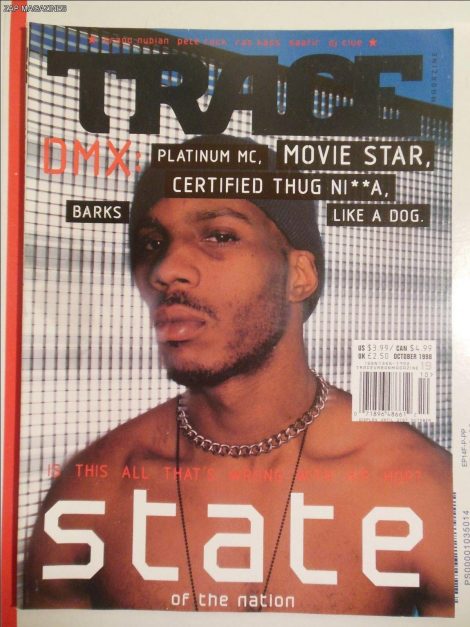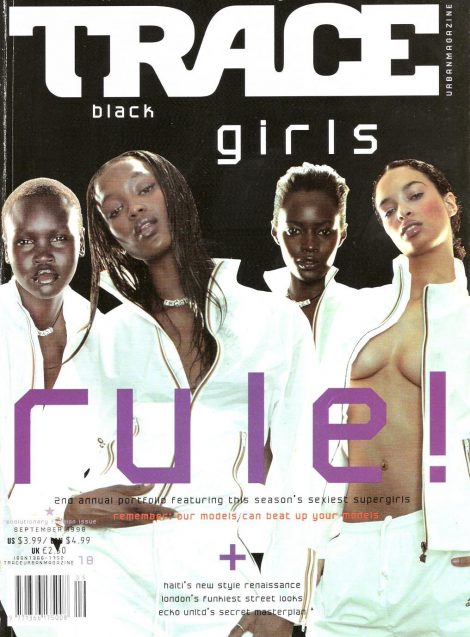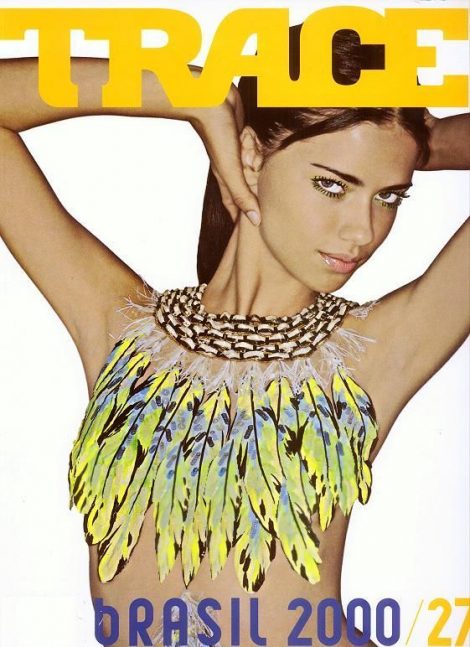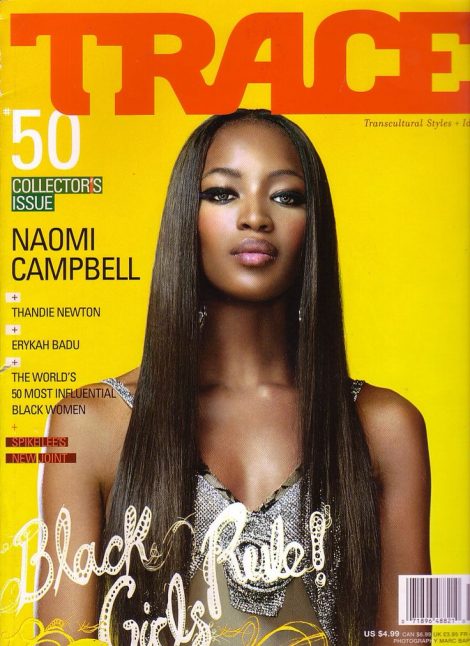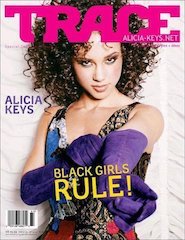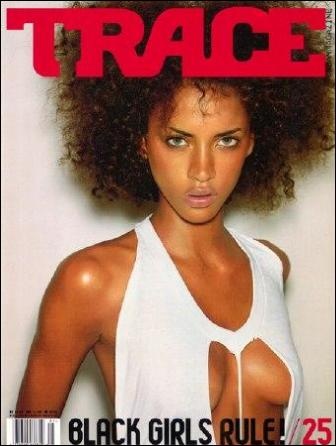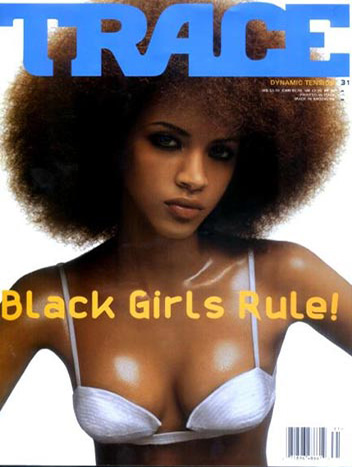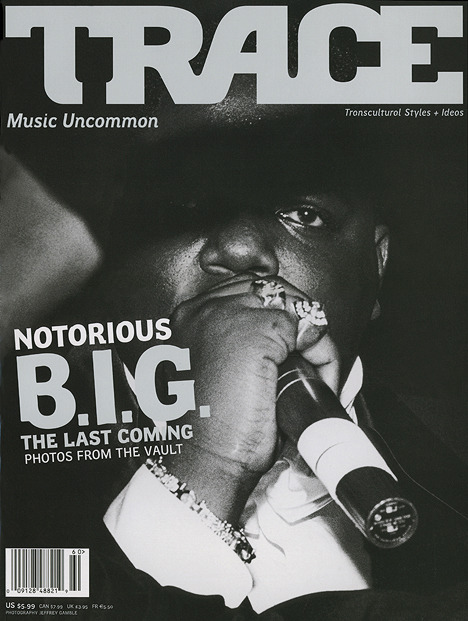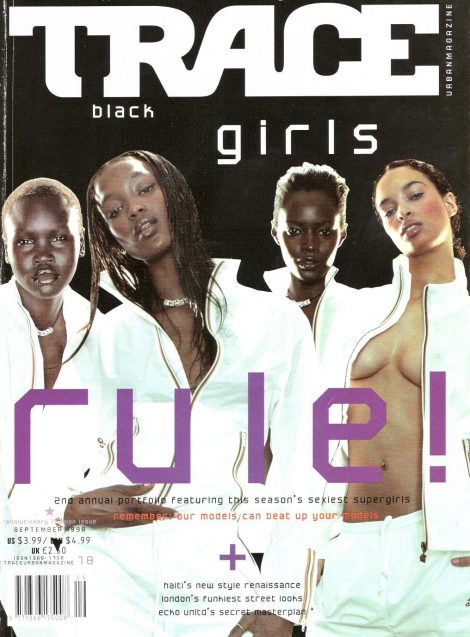
Growing up in the 90’s/2000’s, before we had social media and the internet to give us the cheat codes, we only had first hand experience, word of mouth and (if those things were still out of reach for you) magazines. Magazines were our social media where we could discover fashion, music, people, culture and more. Take for example, Trace Magazine, founded by African-American Claude Grunitzky in 1966. Trace was a quarterly, internationally distributed magazine with the tagline, “transcultural styles + ideas”. It focused on urban culture.
“In its early years, Trace focused principally on hip hop culture, reflected in the large number of rap, hip-hop and R&B artists featured on and within its covers. Around the early 1990s, it shifted to a broader approach, incorporating more high-fashion and travel features, and appealing to a wider range of racial and cultural backgrounds.”
via Iman’s Facebook
This publication (made in Brooklyn) was, as Stanley Tucci’s character (“Nigel”) in “The Devil Wears Prada referred to “Runway Magazine”…“a shining beacon of hope”. Truly, it was. I was a misfit kid, a young Black/POC woman who did not identify with the mainstream of how other women in my category were portrayed. Trace was on the pulse of people like me and until I stumbled upon it in high school, I thought I was alone.
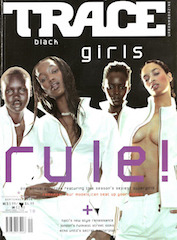
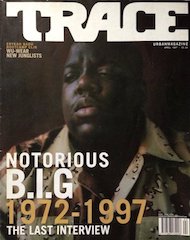
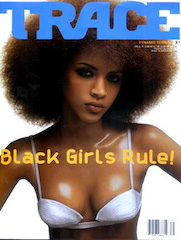

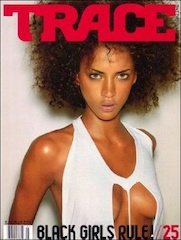
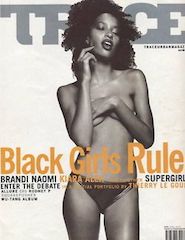
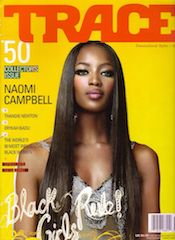
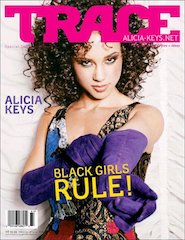

In 1998, they debuted their annual “Black Girls Rule!” issue…which was a love letter to Black Girls worldwide of all shades. It was the #BlackGirlMagic before Black Girl Magic, yet it was cooler, sexier and edgier. It wasn’t trying to prove anything, it was like a “oh, by the way…look at us” kind of pride. Up until that point, it was a constant to feel left out of a narrative or to feel like you had no place with mainstream black ads or white ads. Back then, black and white were very separate categories and if you fell in the middle, you often felt alone.
